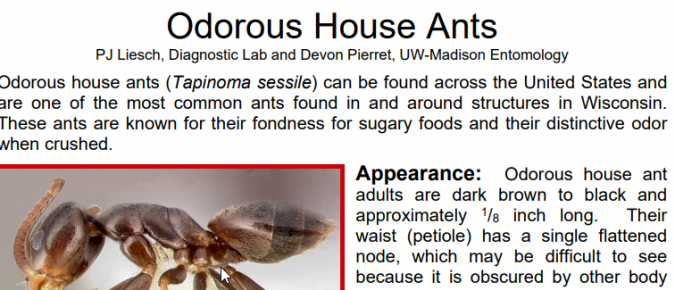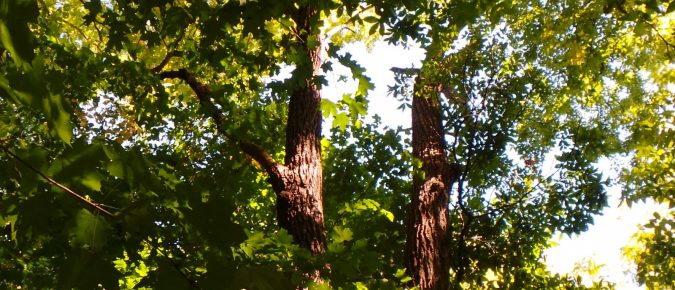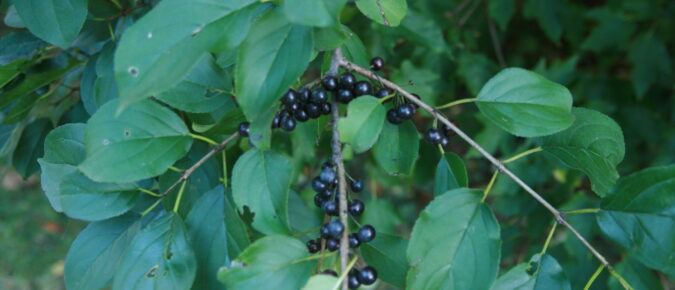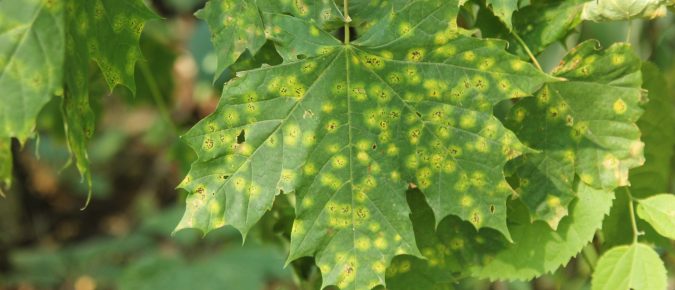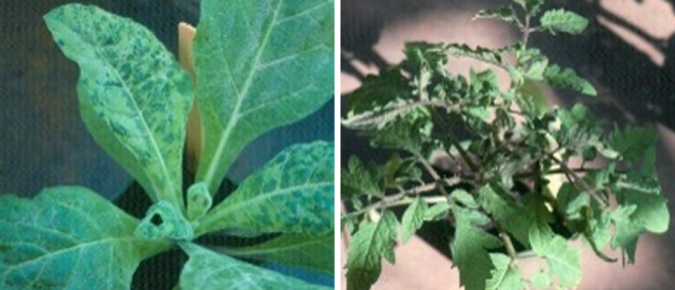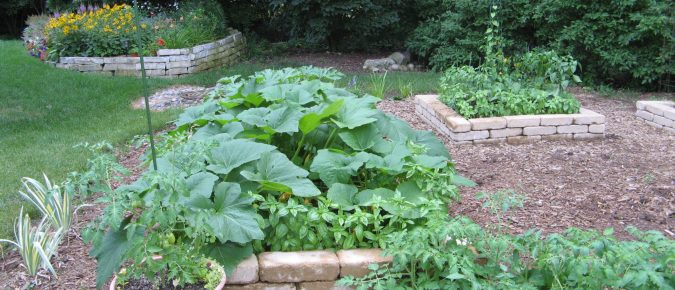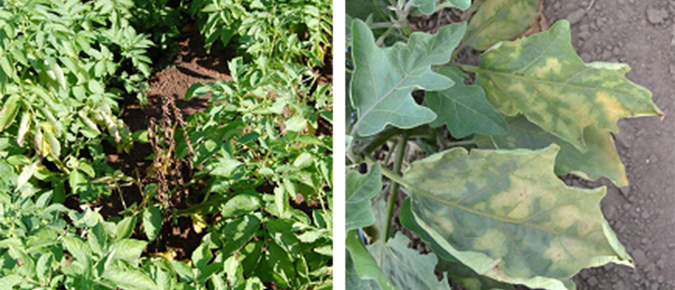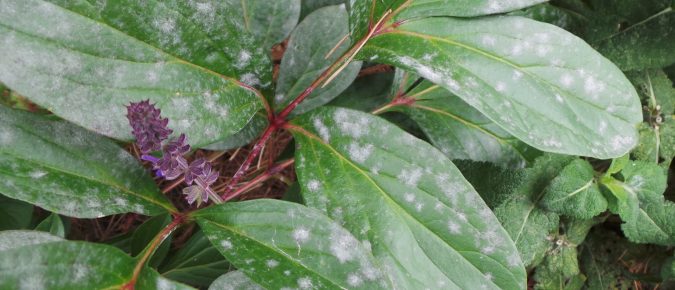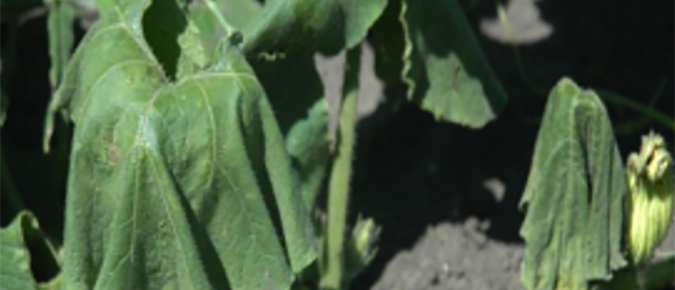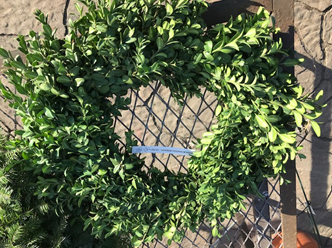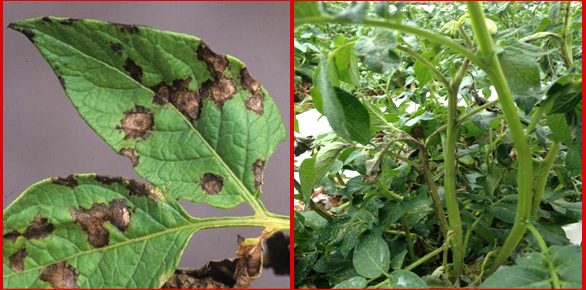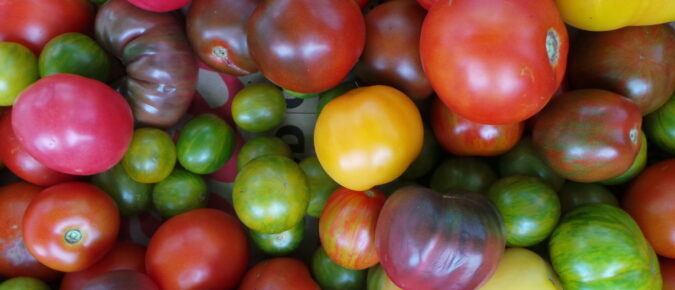Odorous house ants (Tapinoma sessile) can be found across the United States and are one of the most common ants found in and around structures in Wisconsin. These ants are known for their fondness for sugary foods and their distinctive odor when crushed.
Black walnut trees can have a dramatic, negative affect on certain plants. To learn more about juglone toxicity and which plants are suceptible, read this article…
The Management of Invasive Plants in Wisconsin series explains how to identify invasive plants, including common and glossy buckthorns, and provides common management options.
This article provides a list of 10 relatively easy-to-identify plant diseases commonly found in Wisconsin yards and gardens.
Tobacco mosaic causing a blotchy light and dark coloring (mosaic) of tobacco leaves. Tobacco mosaic causing a blotchy light and dark coloring (mosaic) of tobacco leaves.
This article provides practical tips on growing plants in containers. With a few tips, growing plants in containers can be easy!
This factsheet covers Verticillium wilt, a typically fatal disease that affects a wide range of vegetable crops and other plants. Symptoms include sudden yellowing of foliage.
Powdery Mildew is a disease of many plants. It causes a white, powdery appearance on leaves and flowers. Learn how to manage this common disease in this factsheet.
Bacterial wilt is a common and destructive disease that affects cucurbits, including crops such as melon, cucumber and, to a lesser extent, squash and pumpkin. Learn more in this factsheet.
Holiday decorations containing boxwood foliage can be a source of disease for boxwoods in our landscapes. Learn more in this article.
Tomato spotted wilt is a viral disease of worldwide distribution that can affect a wide range of vegetables, fruits, field crops, and ornamentals, and even weeds! Learn more here.
Tomatoes are one of the most nutritionally rich of all vegetables, and grown easily in the home garden. Here’s how to get started and care for tomatoes from planting to harvest.

